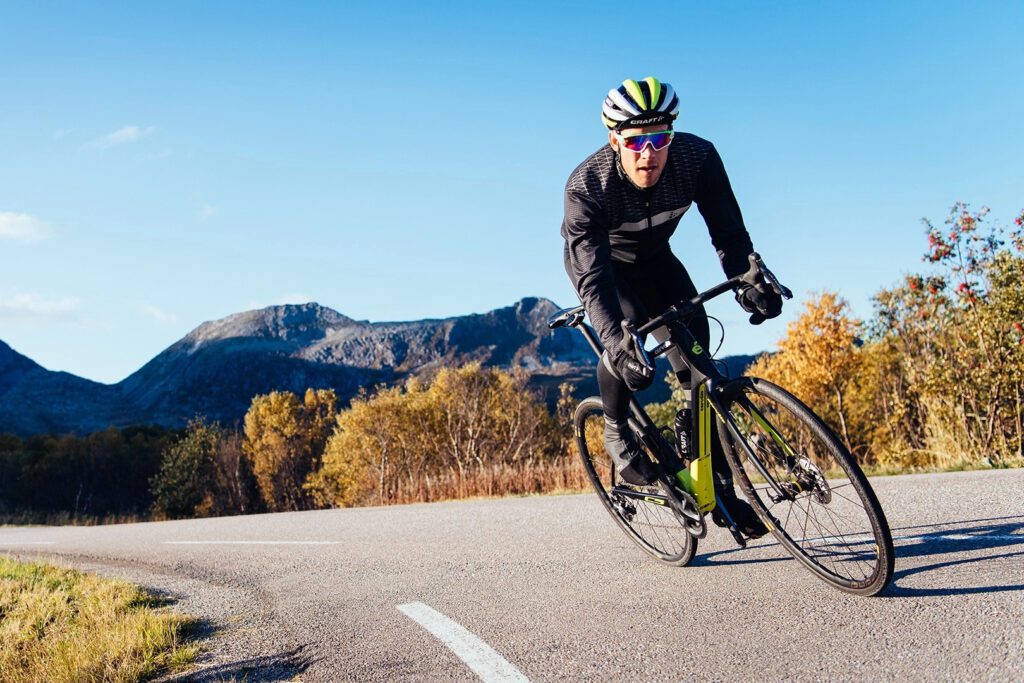Activewear1 has become a dominant category in the fashion industry, appealing to consumers who value comfort, functionality, and style. With the rise of health-conscious lifestyles and the popularity of athleisure2, understanding the target market for activewear is essential for brands looking to succeed in this competitive space.
The target market for activewear includes fitness enthusiasts, athletes, and individuals seeking comfortable, versatile clothing for both workouts and casual wear.
In this article, we’ll explore who buys activewear, the demographics driving sales, and the differences between the target audiences for sportswear and athleisure.
Who is the target audience for sportswear?
Sportswear, also known as performance wear, is designed to support physical activities by optimizing comfort and performance.
The target audience for sportswear includes athletes, fitness enthusiasts, and individuals engaging in recreational or professional sports.

Key Characteristics of the Sportswear Audience
-
Athletes and Fitness Enthusiasts
- People dedicated to sports or fitness prioritize sportswear for its technical features like moisture-wicking, stretchability, and durability.
- They purchase items like running shoes, compression gear, and breathable workout clothing.
-
Active Lifestyle Consumers
- Individuals with active lifestyles who participate in casual sports or outdoor activities (e.g., hiking, cycling) form a significant portion of this market.
-
Health-Conscious Consumers
- As wellness trends grow, more people invest in sportswear for gym sessions, yoga, or even daily walks.
-
Age and Gender
- Sportswear appeals across all age groups but is particularly popular among Millennials and Gen Z3.
- Both men and women purchase sportswear, with product lines often tailored to each demographic.
| Audience Type | Primary Needs | Examples |
|---|---|---|
| Athletes | Performance and durability | Running tights, performance sneakers |
| Active Lifestyle Consumers | Comfort for recreational activities | Hiking boots, outdoor jackets |
| Health-Conscious Consumers | Breathable, easy-to-wash materials | Yoga pants, gym tanks |
Sportswear targets a functional audience who values practicality and performance in their apparel.
Who buys the most activewear?
Activewear1 has grown from a niche market to a mainstream trend, with different demographics contributing to its popularity.
Women, Millennials and Gen Z3, and urban consumers buy the most activewear, driven by lifestyle trends, convenience, and brand influence.

1. Women as a Key Demographic
- Women account for the majority of activewear purchases, particularly in categories like yoga pants, sports bras, and leggings.
- The rise of athleisure2 has expanded women’s activewear wardrobes, as these items are now worn for more than just workouts.
2. Millennials and Gen Z Consumers
- Millennials (25–40 years old)
- They are the largest consumer group for activewear, balancing fitness goals with busy lifestyles.
- They value brands that emphasize sustainability, functionality, and aesthetics.
- Gen Z (18–24 years old)
- This generation gravitates toward trendy, stylish activewear that reflects their personality and fashion-forward mindset.
3. Urban and Affluent Consumers
- Urban residents often purchase activewear due to its convenience for commuting, working out, or casual outings.
- Affluent consumers are willing to invest in premium brands like Lululemon4 or Alo Yoga for high-quality, fashionable items.
4. Increasing Male Participation
- While women dominate the market, men’s activewear sales have grown significantly5, particularly in categories like compression wear, training shorts, and performance footwear.
| Demographic | Purchasing Behavior | Popular Categories |
|---|---|---|
| Women | Frequent purchases for workouts and casual wear | Leggings, sports bras, yoga pants |
| Millennials and Gen Z | Demand stylish, versatile options | Matching sets, bold prints, joggers |
| Urban Residents | Seek convenience and multi-purpose clothing | Sneakers, sweatshirts, windbreakers |
| Men | Growth in gym wear and compression apparel | Running shoes, compression shirts |
Understanding who buys activewear helps brands tailor their products and marketing strategies to reach the right audience.
Who is the target market for athleisure wear?
Athleisure represents the merging of athletic and casual clothing, offering stylish and comfortable options for everyday use.
The target market for athleisure wear includes young professionals, fashion-conscious consumers, and individuals seeking versatility in their wardrobe.

Key Characteristics of the Athleisure Audience
-
Young Professionals
- Busy professionals favor athleisure for its ability to transition seamlessly between work-from-home setups, errands, and light exercise.
-
Fashion-Forward Consumers
- Individuals who prioritize style look to athleisure for trendy, comfortable clothing that fits into their daily routine.
-
Wellness-Oriented Buyers
- Consumers focusing on health and mindfulness purchase athleisure for yoga sessions, pilates, or simply for relaxing at home.
-
Parents and Multi-Taskers
- Parents appreciate the convenience and comfort of athleisure when managing family responsibilities while maintaining a sense of style.
Gender and Age Breakdown
- Women: Athleisure dominates women’s wardrobes due to its versatility, offering options like leggings, oversized hoodies, and knit sneakers.
- Men: Increasingly, men are drawn to athleisure for sleek joggers, performance jackets, and casual sneakers.
- Age Range:
- Primarily popular among Millennials and Gen Z, but also gaining traction with Gen X (40–55 years old).
| Audience Type | Primary Needs | Examples |
|---|---|---|
| Young Professionals | Versatility for work and casual settings | Neutral-toned joggers, polo shirts |
| Fashion-Forward Consumers | Stylish, on-trend pieces | Oversized sweatshirts, designer sneakers |
| Wellness Buyers | Comfort for mindfulness activities | Yoga sets, breathable loungewear |
| Parents | Practical yet stylish options | Relaxed joggers, zip-up hoodies |
Athleisure targets a broader market than traditional activewear, blending comfort with lifestyle appeal.
Conclusion
The target market for activewear varies based on the specific category. Sportswear appeals to athletes and fitness enthusiasts, with a focus on functionality and performance. Athleisure caters to a wider audience, including young professionals and fashion-conscious individuals, offering versatility and style. Women and Millennials lead the way in purchasing both activewear and athleisure, but growing interest from men and Gen Z is expanding the market. By understanding these audiences, brands can effectively tailor their offerings and marketing strategies to meet consumer demands in this dynamic and growing industry.













